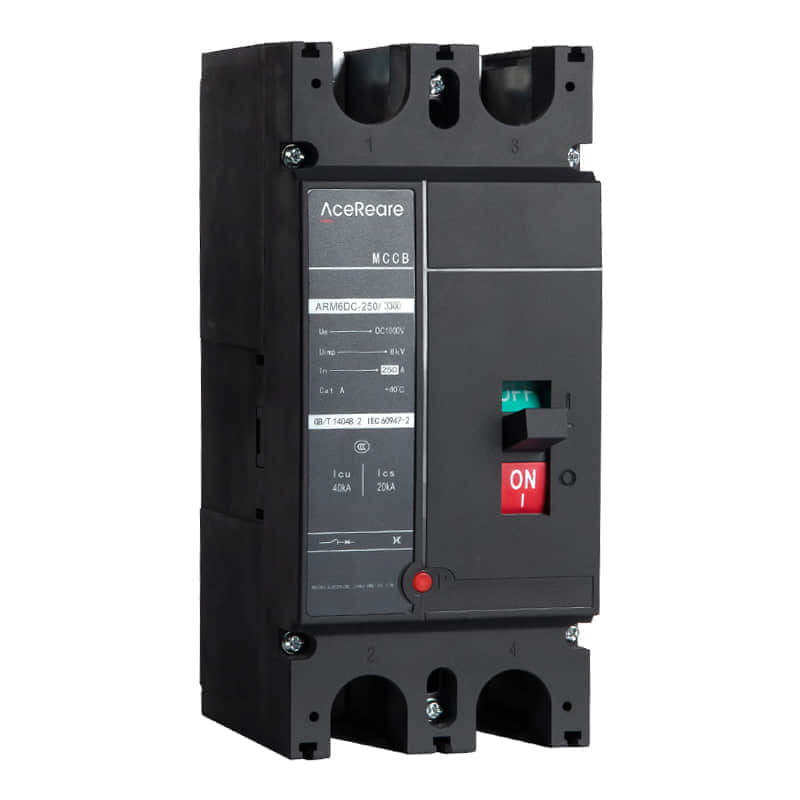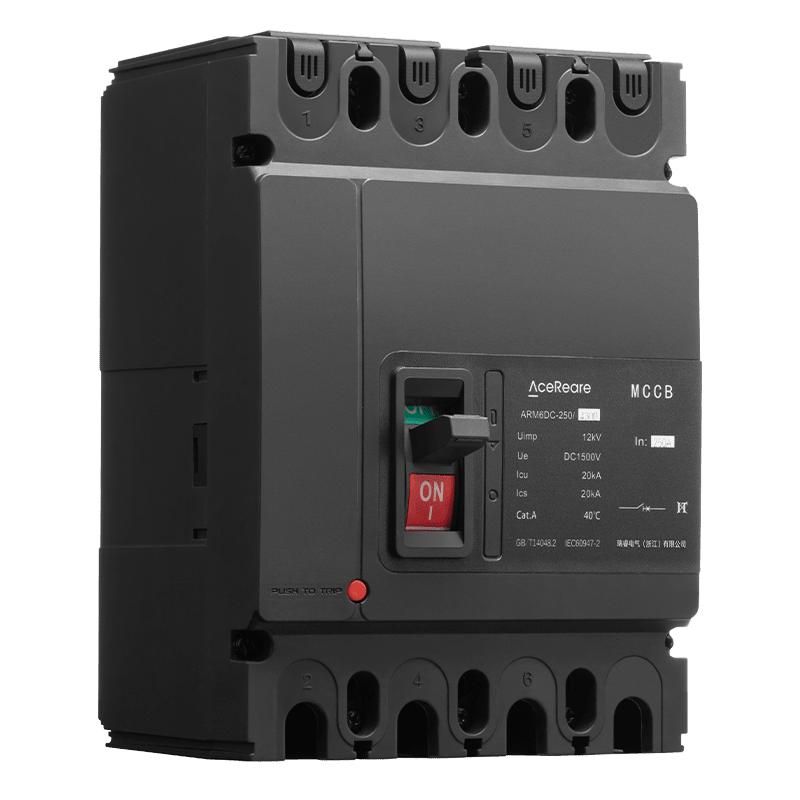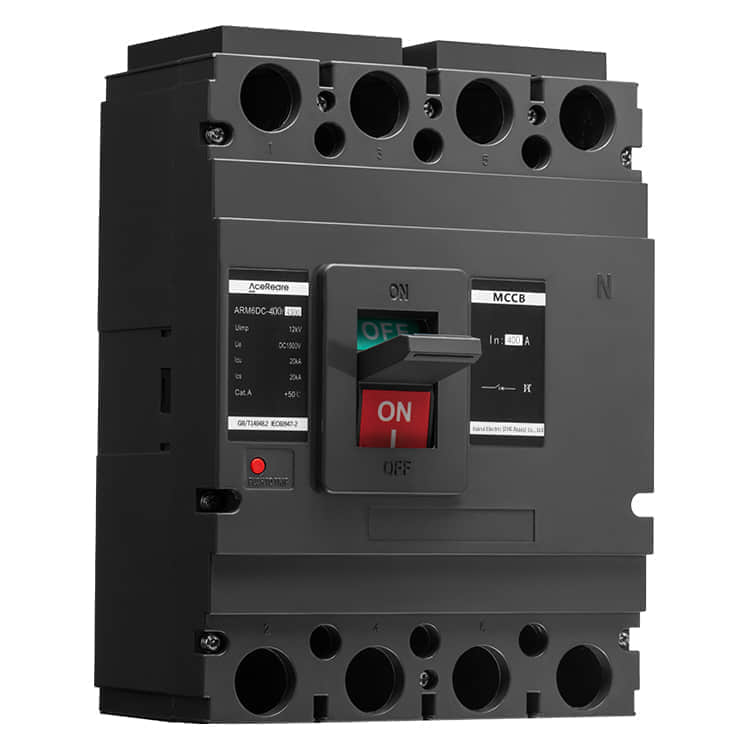Introduction

In the world of electrical engineering, the safety and efficiency of power distribution systems are paramount. Direct Current (DC) systems play a crucial role in various applications, from renewable energy generation to industrial automation. One vital component ensuring the safety of these systems is the DC Molded Case Circuit Breaker (MCCB). In this article, we delve into the advancements and applications of DC MCCBs, highlighting their significance in modern electrical systems.

Advancements in DC Molded Case Circuit Breakers DC MCCBs have evolved significantly over the years, adapting to the changing landscape of energy needs and technological progress. Traditionally designed for Alternating Current (AC) applications, MCCBs were modified to accommodate the unique characteristics of DC systems. One key advancement is the integration of advanced arc interruption technologies. Unlike AC systems, where arcs naturally extinguish at zero current crossing points, DC systems sustain arcs due to the continuous flow of current. Modern DC MCCBs employ arc chutes with materials and designs tailored to extinguish these arcs efficiently, enhancing overall safety. Furthermore, advancements in materials have led to increased heat resistance and improved current-carrying capacities. High-performance materials, such as specialized ceramics and composites, are now used in the construction of MCCB components, allowing them to handle higher currents while maintaining structural integrity. These advancements have extended the operational lifespan of DC MCCBs and reduced maintenance requirements. Applications of DC Molded Case Circuit Breakers Renewable Energy Systems: DC MCCBs are integral to solar photovoltaic (PV) and wind power systems. In solar installations, MCCBs protect panels and inverters from overcurrent conditions. In wind farms, they safeguard components of the turbine and the power conditioning system. Battery Energy Storage: With the growing demand for efficient energy storage solutions, DC MCCBs find application in battery banks. They protect the batteries and associated electronics from overcurrent situations that could potentially damage the energy storage system. Electric Vehicles (EVs): As EV adoption rises, the need for safe charging infrastructure follows suit. DC MCCBs are employed in EV charging stations to manage the power flow and protect against overloads or short circuits during the charging process. Industrial Automation: In industrial settings, DC MCCBs are used to ensure the safety of control panels and machinery operating on DC power. They offer reliable protection against faults that could disrupt the production process. Data Centers: Modern data centers rely on DC power distribution for increased energy efficiency. DC MCCBs help maintain the reliability of power supply to critical IT infrastructure, preventing potential outages. Benefits of DC Molded Case Circuit Breakers The adoption of DC MCCBs brings several benefits to diverse applications: Enhanced Safety:DC MCCBs offer accurate and reliable protection against overcurrents, short circuits, and other electrical faults, preventing potential hazards. Customization:These circuit breakers can be customized to specific current ratings and trip characteristics, ensuring optimal protection for the connected equipment. Remote Monitoring:Advanced DC MCCBs come with smart features that enable remote monitoring and control, enhancing maintenance efficiency and minimizing downtime. Compact Design:MCCBs are compact and can be easily integrated into various electrical systems, saving valuable space. Conclusion As technology continues to advance and the demand for efficient, reliable, and safe power distribution grows, DC MCCBs stand as essential components in modern electrical systems. Their evolution from AC-oriented devices to specialized solutions for DC applications showcases the adaptability and innovation within the field of electrical engineering. From renewable energy systems to industrial settings, these circuit breakers ensure the seamless flow of power while prioritizing the protection of equipment and personnel.
